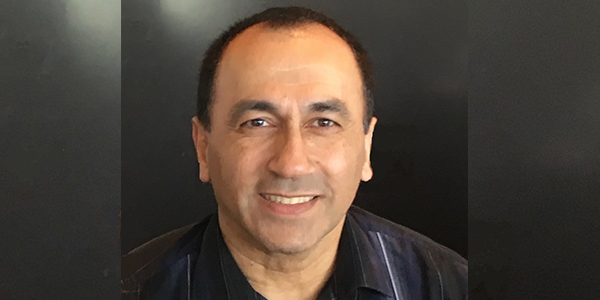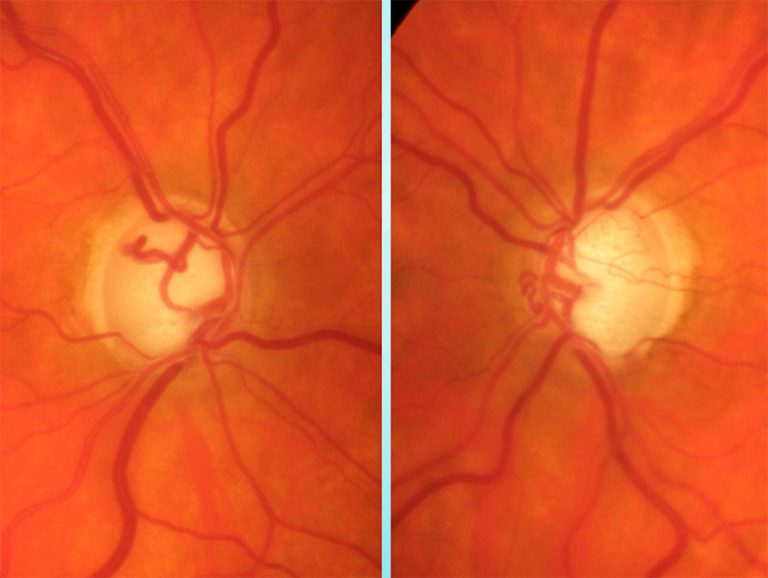1:30min

Dr Graham Lakkis
By Helen Carter,
Journalist
Dr Graham Lakkis will discuss the business aspects of glaucoma management including how to attract and grow the number of glaucoma patients, billing, equipment, and co-management at Optometry NSW/ACT’s Canberra Conference later this month.
He chose this topic to help optometrists boost their confidence in diagnosing and treating their own glaucoma patients, and to help them build a financially successful glaucoma practice.
Dr Lakkis, a Senior Fellow at the University of Melbourne’s Department of Optometry and Vision Sciences, and lead optometrist at the University’s Glaucoma Clinic, will speak at the face-to-face conference – Taking the pressure out of glaucoma management – on 28 February at the National Gallery of Australia.
‘Management of glaucoma is within the capability of all therapeutically endorsed optometrists,’ he said. ‘All have the knowledge, most have the appropriate equipment. They just need the confidence and guidance to succeed.’
Attracting glaucoma patients
Approximately 10 to 20 per cent of patients at his East Keilor practice have glaucoma or are glaucoma suspects.
‘Most optometrists already have many glaucoma patients in their patient population – they just have to look carefully for the clinical signs,’ Dr Lakkis said.
‘As your glaucoma patient base grows, patients refer their friends and relatives through word-of-mouth. Other practitioners who are not equipped to manage glaucoma are another source of referral once your expertise and reputation grows.’
All practice management software allows you to flag those with glaucoma so you can directly advise patients of new diagnostic testing and treatments.
‘This also helps practitioners target patients, for example if a clinical study is requiring certain types of glaucoma patients, they can easily be referred,’ he said.
‘Through personal communication and written reports, most of my local GPs know I treat glaucoma.
‘GPs often fill repeat prescriptions for glaucoma eye drops in patients that no longer attend for ophthalmologic care, and because GPs can’t check intraocular pressures or optic nerves, they are reassured in referring glaucoma patients to me to take over glaucoma management and adjust the treatment plan as required,’ Dr Lakkis said.

Glaucomatous optic neuropathy in a patient with end-stage disease. Image, Dr Graham Lakkis
Promotion on your website, advising you have equipment and qualifications to manage glaucoma, and information evenings at senior citizens and service clubs, are other good ideas to attract new glaucoma patients, he advised.
Billing models
‘Most optometrists bill the consultation and minor tests including pachymetry and gonioscopy to Medicare. More detailed testing such as OCT scans and optic nerve imaging, and more than two visual fields in a 12-month period, are privately billed as there is no Medicare rebate for those items,’ Dr Lakkis said.
Although there are some out-of-pocket fees for glaucoma management, he said it was generally far more expensive and less convenient for patients to see a glaucoma sub-specialist ophthalmologist than their local optometrist.
Although the university clinic was open during COVID-19 lockdown, Dr Lakkis did several telehealth consults a week with glaucoma patients who were reluctant to leave their homes. While unable to check pressure or the optic nerve, he could discuss over the phone if patients were having side-effects from eye-drops, developing allergies or intolerance to the medications, and mail new drug prescriptions to maintain continuity of care.
Building confidence – don’t fear glaucoma treatment and management
A major aim of the Canberra Conference is to grow optometric practice by building confidence in managing and retaining your own glaucoma patients.
‘There are many advantages to treating your own glaucoma patients, both financial and clinical, but the main benefit is that you are guiding their care in a way you feel is most appropriate,’ he said.
‘When you refer to another practitioner, you often lose control of that patient and allow others to set the treatment plan in patients that you truly know best because they have been under your care for many years.’
Dr Lakkis wants to reassure optometrists that glaucoma treatment and management is not to be feared.
‘The vast majority of glaucoma patients can be stabilised with topical glaucoma therapy,’ he said.
‘Only about five per cent of patients are rapid progressors who are at some risk of significant vision loss. The remainder can be effectively managed by their local optometrist in a convenient, cost-effective and safe model of care.’

Conference venue, the National Gallery of Australia
Delivered face-to-face by some of Australia’s leading experts in the field, including Dr Lakkis and Centre for Eye Health Head of Clinical Operations and Teaching Michael Yapp, the conference will equip optometrists with the expertise and confidence to manage a range of glaucoma presentations and incorporate glaucoma management into their business model. The program design was a collaboration between Graham, Michael Yapp and Optometry NSW/ACT.
A COVID-safe conference with social distancing protocols in place, it offers 5.5 CPD hours plus an optional 10 hours of supplementary online CPD for Optometry Australia members. Bring the family and enjoy Canberra’s Enlighten Festival!
Registration is $235 for members and $50 for students. Details including registration
Tagged as: Canberra Conference, Eye examinations, Glaucoma, Medicare-MBS-PBS, Patient management